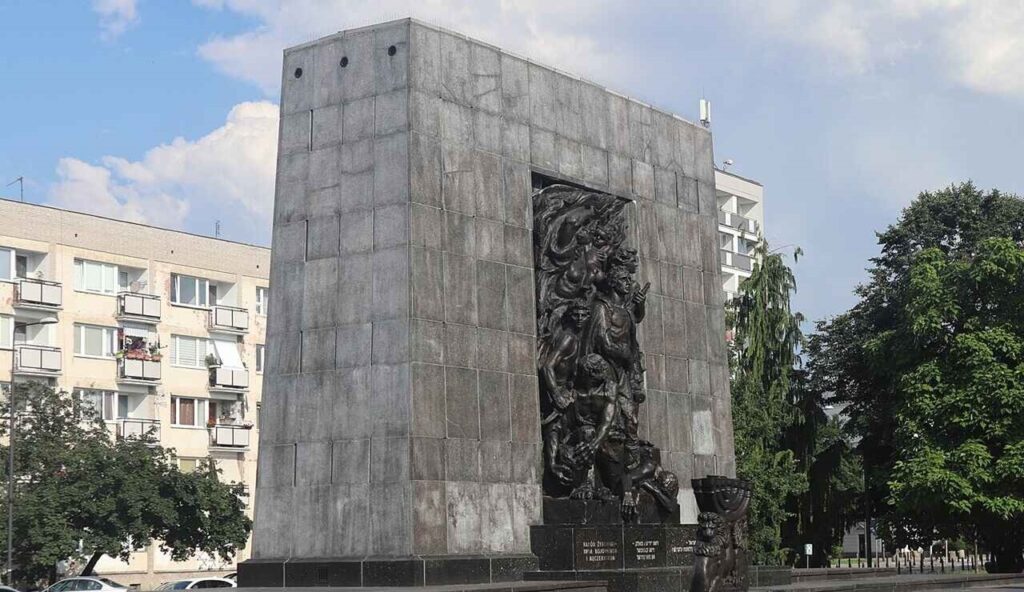
Can Donald Trump Save the Economy and Keep America Health?
The United States of America was unprepared to face a pandemic disease like the coronavirus. The response from public officials has been states of emergency, keeping people in their homes, and the forced closure of all non-essential businesses. This response has, in turn, tanked the U.S. economy, with record unemployment predicted for April.
Is the cure doing more damage than the disease, and if so, how can the United States save its economy while also stemming the spread of the virus? Two experts took to the pages of the New York Times to recommend a solution.
Using a war analogy that President Donald Trump is so fond of, David L. Katz, founding director of Yale University’s Yale-Griffin Prevention Research Center describes the two approaches that could be used to stem the virus’ spread. “We routinely differentiate between two kinds of military action: the inevitable carnage and collateral damage of diffuse hostilities, and the precision of a ‘surgical strike,’ methodically targeted to the sources of our particular peril,” Katz writes. “The latter, when executed well, minimizes resources and unintended consequences alike.”
America’s answer is currently too diffuse, with expected economic casualties, and much be more precise and targeted to the problem. “The clustering of complications and death from Covid-19 among the elderly and chronically ill, but not children…suggests that we could achieve the crucial goals of social distancing—saving lives and not overwhelming our medical system—by preferentially protecting the medically frail and those over age 60, and in particular those over 70 and 80, from exposure,” Katz recommends.
If the government were to differentiate between those likely to be critically incapacitated by the virus and those able to ride it out, the most at risk would receive more care while the more protected could attempt to return to daily life.
Katz worries that the current U.S. policy is the worst of both worlds. I am deeply concerned that the social, economic and public health consequences of this near-total meltdown of normal life—schools and businesses closed, gatherings banned—will be long-lasting and calamitous, possibly graver than the direct toll of the virus itself,” he writes. “Worse, I fear our efforts will do little to contain the virus, because we have a resource-constrained, fragmented, perennially underfunded public health system.”
Nobel Prize Laureate Paul Romer agrees that a freezing of the entire U.S. economy is not necessary to fight the virus. His alternative “approach uses two complementary strategies. The first relies on tests to target social distancing more precisely. The second relies on protective equipment that prevents the transmission of the virus.”
Following the path of South Korea and other countries, Romer wants an enormous expansion of testing availability, something the U.S. has lagged behind on for months now. With an influx of resources, the public could begin to be tested on a regular basis, and clusters of outbreaks isolated and dealt with. Once this is happening, the government could provide protective gear and other precautions to groups we already know are more at risk. “Investment in protective equipment and tests would be a far less expensive,” Romer says, than attempting to restart the economy with a trillion-dollar stimulus.
Hunter DeRensis is the senior reporter for the National Interest. Follow him on Twitter @HunterDeRensis.
Image: Reuters.


